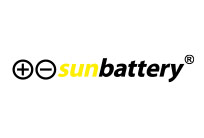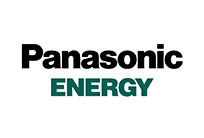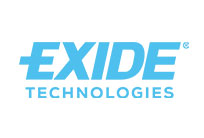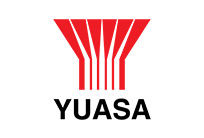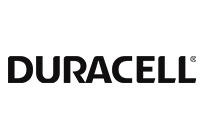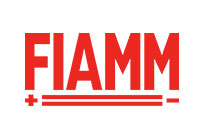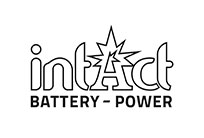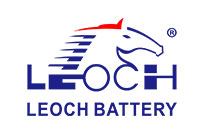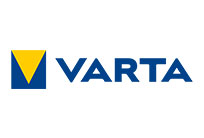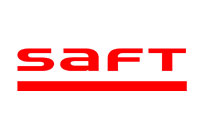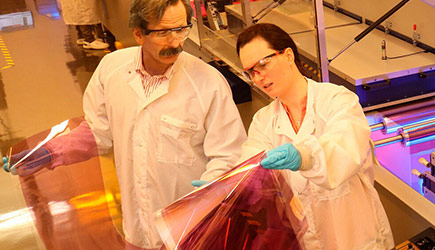
Multi-use solar cells from the printer
It has long been known that the current global warming necessitates a switch to renewable energies. This is mainly a matter of getting out of dependence on imports of oil and gas, the main fossil fuels. The latter plays a special role among the renewable energy sources such as wind, geothermal energy and the sun: since the production of solar energy consumes less energy than can be generated with it, the ecological balance is positive, and energy from photovoltaics is therefore very attractive compared to other renewable energy sources.
For this reason, a strong expansion of photovoltaic plants is planned in Germany - by about 330 gigawatts by 2040. While it takes land to produce solar energy, this does not necessarily mean that an increase in energy yield is possible solely through the construction of new ground-mounted photovoltaic plants. Rather, new and flexible solar installations allow land used for other purposes to be additionally converted for solar energy production.
Thus, both building and agricultural land have considerable potential: agriculture alone can provide up to 3 terawatts - almost ten times the planned capacity - in Germany, and a further terawatt could be achieved by installing solar cells in existing building facades. This potential contrasts with an actual value of 0.1 per cent, which means that only a tiny proportion of façade surfaces is currently used to generate solar power. Yet this is precisely where an expansion would be particularly suitable in order to be able to charge the growing number of electric cars decentrally and conveniently.
Multi-benefit photovoltaics
In addition to the well-known property of generating environmentally friendly energy, photovoltaics has other advantages. This is referred to as "multi-benefit photovoltaics" and is understood to mean solar cells based on novel technologies that are light as well as extremely flexible to use, for example, the colours can be freely selected, as can the degree of transparency and the respective shape. The cells customised in this way are then applied to different materials - plastic, metal or glass - and can thus be used in many areas. As mentioned, this opens up potential for use on buildings, but also in transport and agriculture.
Development of flexible, printable solar cells for application
In order to make the described applications possible and accessible to the market - society, industry and end users - an innovation platform was founded: This platform, called Solar TAP, is dedicated to the development of multi-benefit photovoltaic applications. The special feature here is that the resulting solar cells are to come from the printer.
The platform, which is called "Solar Technology Acceleration Platform for emerging Photovoltaics" in its long form, is coordinated by the Helmholtz Institute Erlangen-Nuremberg for Renewable Energies (HI ERN) and is based on the merger of the Helmholtz Centre Berlin, the Karlsruhe Institute of Technology and the Research Centre Jülich, of which the HI ERN is a branch. The three institutes, which include the leading Helmholtz experts and laboratories in the field of solar technology, form a closed value chain.
Dovetailing science and industry in the real laboratory
For the platform to function and be able to bring mature photovoltaic solutions to the market in a short time, the cooperation of industrial partners is indispensable: This involves technology transfer to a network of different companies: These include manufacturers, users, suppliers and equipment manufacturers who intend to establish a foothold in the field of multi-benefit photovoltaics. The cooperation is innovative in that it is flanked by direct contact with real laboratories, where the scientific findings can be demonstrated in conjunction with the corresponding technologies developed in industry and thus demonstrated in their direct application.
Close cooperation for fast, market-ready solutions
In addition to Solar TAP, which is being supported with 15.1 million euros during the three-year set-up phase, there are two other innovation platforms funded by the Helmholtz Association; their total budget amounts to 40 million euros.
The projects funded under the Pact for Research and Innovation aim to facilitate the transfer of technology via the creation of suitable structures and to create opportunities to share research-related infrastructures and data as well as large-scale equipment. The close cooperation of various partners from business, research and society is intended to promote innovation and accelerate the development of long-term, future-proof solutions for the market.
Source: elektronikpraxis.de, Thomas Kuther, 13.04.2023
Image: EnCN/Kurt Fuchs

